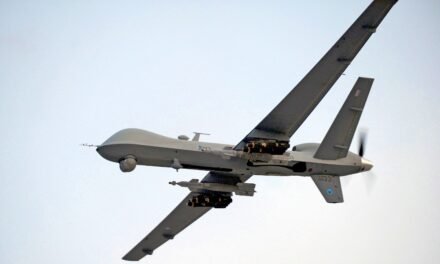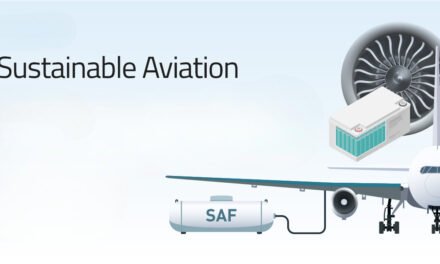The global civil aviation sector faces several challenges due to evolving market demands, environmental concerns, technological advancements, and external disruptions. Here are the key challenges:
1. Environmental Sustainability
- Issue: Aviation contributes significantly to greenhouse gas emissions and noise pollution.
- Challenge:
- Meeting global emissions reduction targets, such as net-zero by 2050.
- Adoption of Sustainable Aviation Fuels (SAF) and alternative energy sources like hydrogen.
- Impact: High costs and limited availability of sustainable technologies.
2. Post-Pandemic Recovery
- Issue: The COVID-19 pandemic severely impacted passenger demand and airline revenues.
- Challenge:
- Restoring global connectivity while managing operational costs.
- Addressing passenger behavior changes, such as increased demand for leisure travel over business travel.
- Impact: Financial strain on airlines and infrastructure providers.
3. Rising Operational Costs
- Issue: High fuel prices, labor shortages, and inflation increase operational expenses.
- Challenge:
- Managing profitability while maintaining affordable ticket prices.
- Reducing reliance on fossil fuels amidst volatile energy markets.
- Impact: Pressure on smaller airlines and regional operators.
4. Air Traffic Congestion
- Issue: Increasing air travel demand leads to overcrowded airspace and airport facilities.
- Challenge:
- Modernizing Air Traffic Control (ATC) systems to handle higher traffic volumes.
- Expanding airport capacity and infrastructure to reduce delays.
- Impact: Operational inefficiencies and passenger dissatisfaction.
5. Regulatory and Compliance Complexities
- Issue: Airlines must navigate complex international regulations across jurisdictions.
- Challenge:
- Adhering to safety, emissions, and cybersecurity standards.
- Harmonizing regulations to enable seamless global operations.
- Impact: Increased administrative and operational burdens.
6. Labor Shortages
- Issue: Shortages of pilots, maintenance technicians, and other skilled workers.
- Challenge:
- Attracting and retaining talent in a competitive market.
- Addressing workforce training gaps for emerging technologies.
- Impact: Increased workload for existing staff and delayed operations.
7. Adoption of New Technologies
- Issue: Rapid advancements in avionics, automation, and electrification require significant investment.
- Challenge:
- Balancing the costs of adopting new technologies with short-term financial goals.
- Ensuring safety and reliability in deploying autonomous systems.
- Impact: Slower innovation adoption, especially among smaller operators.
8. Geopolitical and Economic Uncertainty
- Issue: Trade tensions, conflicts, and economic instability disrupt global operations.
- Challenge:
- Managing fluctuating demand due to travel restrictions or economic downturns.
- Adapting to changing airspace access and international alliances.
- Impact: Unpredictable revenue streams and rerouting costs.
9. Passenger Experience Expectations
- Issue: Growing demand for seamless, digital, and personalized travel experiences.
- Challenge:
- Implementing contactless technologies, real-time updates, and enhanced customer service.
- Addressing health and safety concerns post-pandemic.
- Impact: Competitive pressure to innovate while controlling costs.
10. Cybersecurity Threats
- Issue: Increasing reliance on digital systems exposes airlines and airports to cyberattacks.
- Challenge:
- Protecting critical infrastructure, passenger data, and operational systems.
- Staying ahead of evolving cyber threats and vulnerabilities.
- Impact: Potential disruptions to operations and damage to reputation.
11. Infrastructure Limitations
- Issue: Aging airport and air traffic management infrastructure in many regions.
- Challenge:
- Upgrading facilities to handle modern aircraft and larger passenger volumes.
- Integrating urban air mobility (e.g., eVTOL) into existing frameworks.
- Impact: Bottlenecks in capacity and increased delays.
12. Climate Resilience
- Issue: Extreme weather events and rising temperatures disrupt flight operations.
- Challenge:
- Adapting flight schedules, routes, and airport infrastructure to climate change impacts.
The civil aviation sector is navigating a dynamic landscape of environmental, operational, and technological challenges. Addressing these issues requires global collaboration, strategic investment in innovation, and proactive adaptation to evolving market demands and regulatory requirements.













